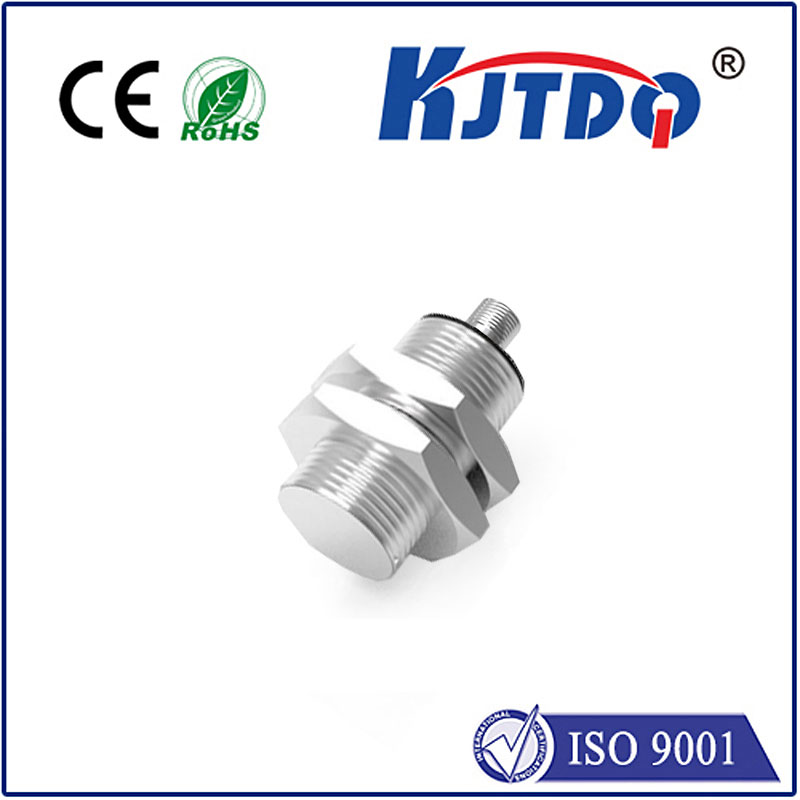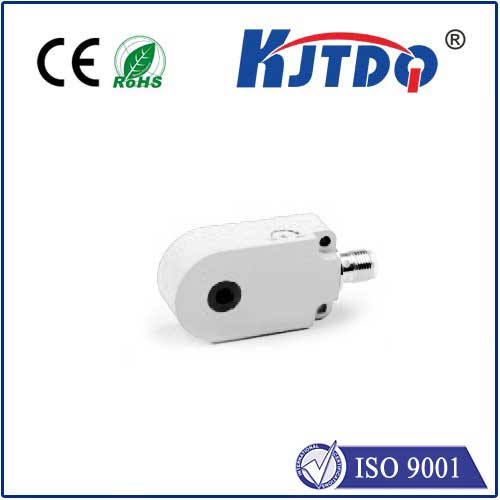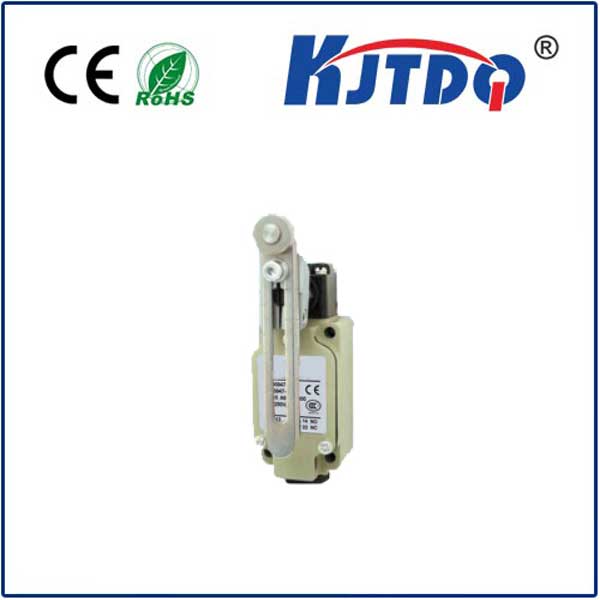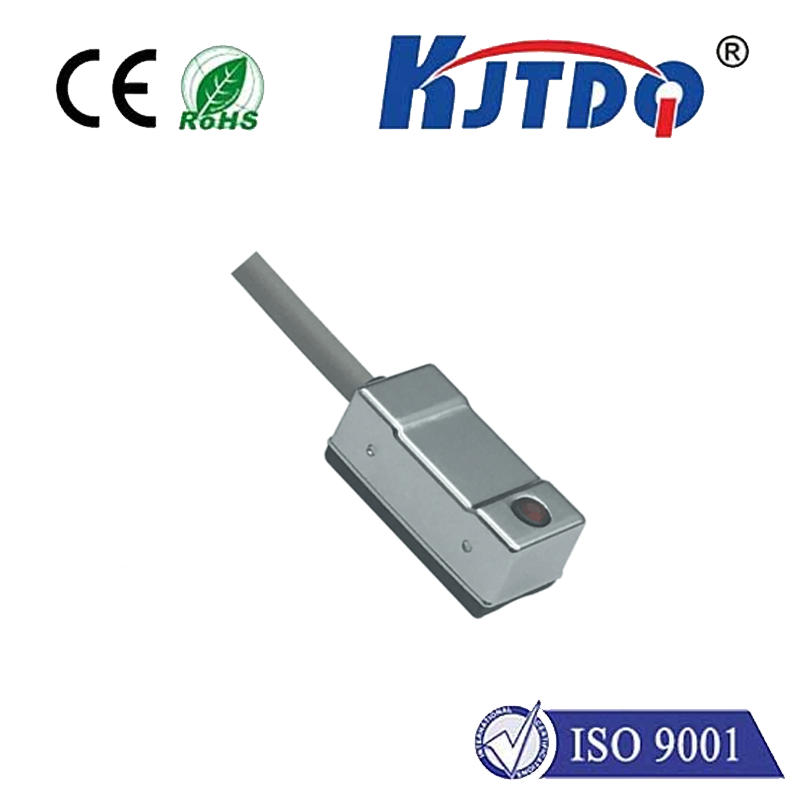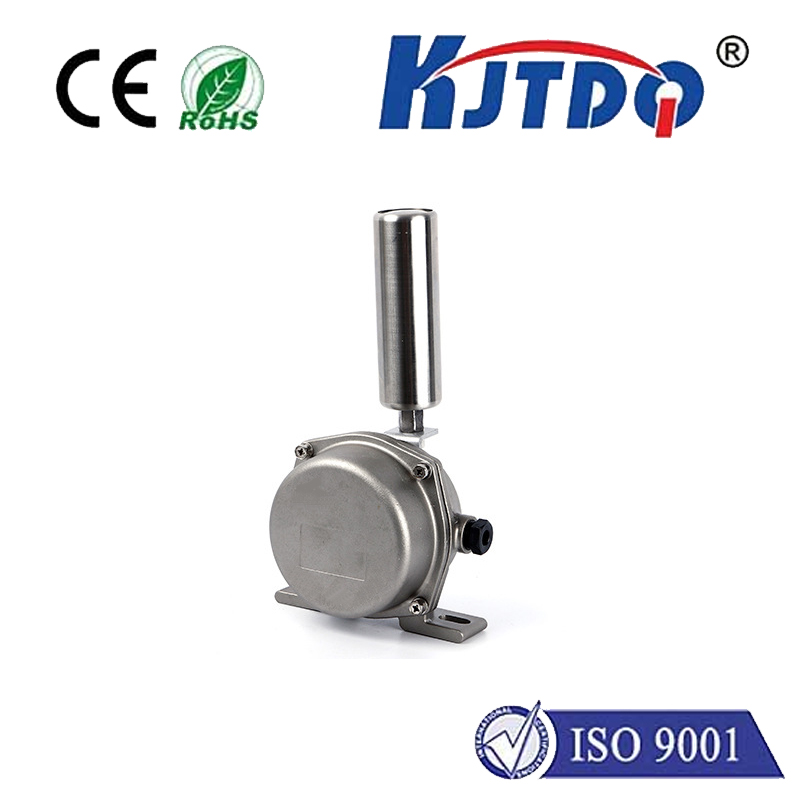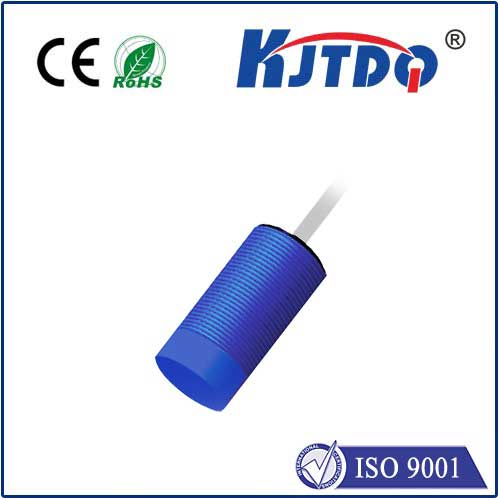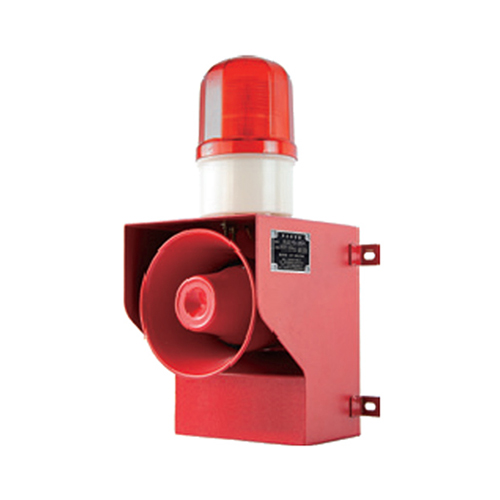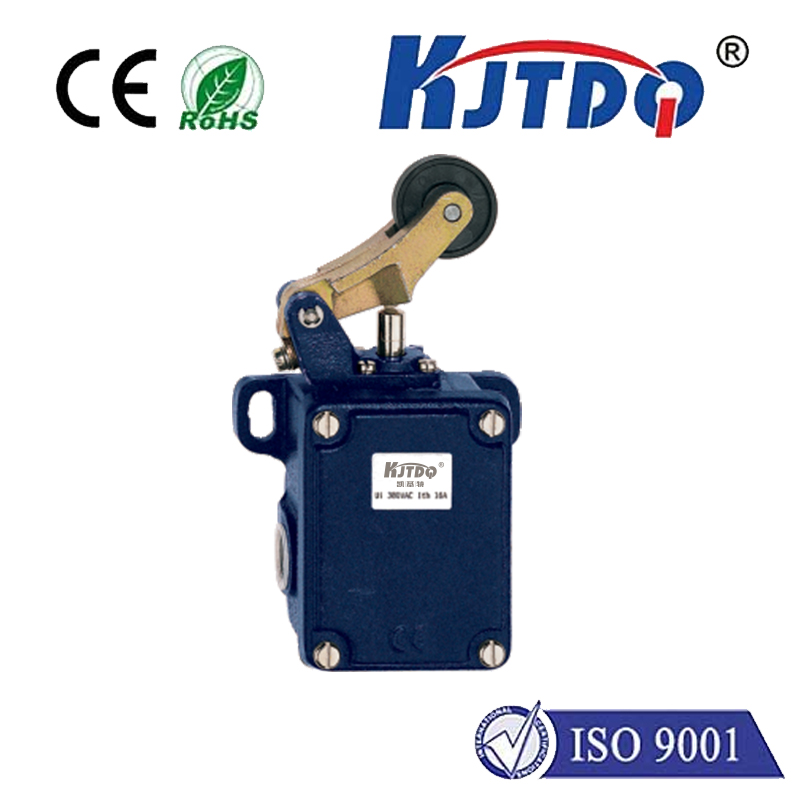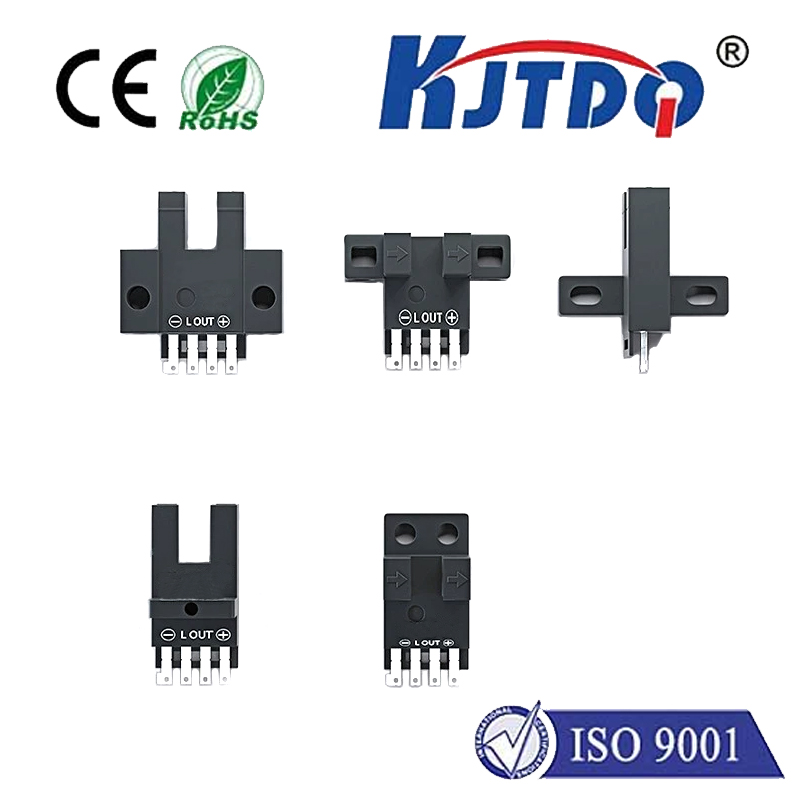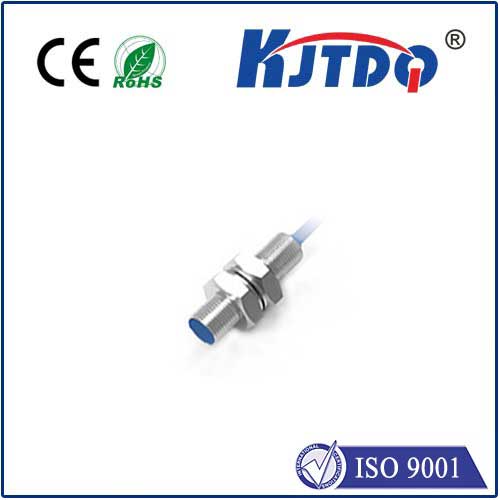Fire. It’s a primal force, capable of devastating destruction in frighteningly short order. Early detection isn’t just convenient; it’s the critical line between a minor incident and catastrophic loss. While smoke detectors are household staples, heat sensor switches play an equally vital, though often less heralded, role in comprehensive fire safety systems. Understanding how these devices function and where they shine is essential for optimal protection.
What Exactly is a Heat Sensor Switch?
At its core, a heat sensor switch (often interchangeably called a heat detector within alarm systems) is an automatic device designed to sense abnormally high temperatures or rapid temperature increases within a specific area. Unlike smoke detectors that respond to combustion particles, a heat sensor reacts solely to thermal energy. When it detects heat conditions exceeding its pre-set threshold or rising at an alarming rate, it triggers an electrical switch within the device. This action completes a circuit, sending a signal to a connected fire alarm control panel, which then activates alarms, alerts monitoring stations, and can even initiate suppression systems or emergency protocols. Think of it as a highly specialized thermostat whose sole purpose is to scream “Danger!” when things get dangerously hot, fast.
The Science Behind the Switch: How Heat Sensors Work
The magic of the heat sensor switch lies in its ability to translate temperature changes into an electrical signal that initiates a response. This primarily happens through two main sensing technologies:

Fixed-Temperature Heat Sensors: These are the bedrock of heat detection. They incorporate a temperature-sensitive component – often a bimetallic strip or a fusible alloy element. A bimetallic strip consists of two different metals bonded together. As heat rises, the metals expand at different rates, causing the strip to bend. This physical movement eventually trips a microswitch. Alternatively, a fusible alloy link is designed to melt at a specific temperature threshold (commonly 135°F/57°C or 194°F/90°C for different environments), releasing a spring mechanism that activates the switch. Their simplicity makes them highly reliable and cost-effective.
Rate-of-Rise (ROR) Heat Sensors: These detectors focus on how quickly the temperature increases, rather than just the absolute temperature. They typically contain an air chamber and a flexible diaphragm. A rapid rise in ambient heat causes the air inside the sealed chamber to expand faster than it can escape through a calibrated vent. This pressure differential pushes the diaphragm outward, mechanically triggering the electrical switch. ROR detectors excel in environments where fires can escalate extremely quickly, providing potentially life-saving early warning even before a fixed threshold is reached.
Key Feature Comparison: Fixed-Temperature vs. Rate-of-Rise Heat Sensors
| Особенности | Fixed-Temperature Sensors | Rate-of-Rise (ROR) Sensors |
|---|---|---|
| Activation Trigger | Reaches a specific pre-set temperature threshold | Detects a rapid increase in temperature over time |
| Detection Speed | Slower (waits for temperature to reach point) | Faster (reacts to quick temperature changes) |
| False Alarm Risk | Lower in stable environments | Higher in areas with normal temp fluctuations |
| Best Use Case | Kitchens, garages, dusty areas | Boiler rooms, workshops, fast-spreading fire risks |
| Надежность | High - simple mechanical design | High but more complex mechanism |
| Cost | Generally lower | Generally higher |
Where Heat Sensor Switches Shine: Critical Applications
Why choose a heat sensor over a smoke detector? Certain environments pose unique challenges where smoke detectors are impractical or prone to false alarms:
Installation Wisdom: Placement is Paramount
Even the most sophisticated heat sensor switch is ineffective if poorly positioned. Adhering to manufacturer instructions and relevant fire codes (like NFPA 72) is non-negotiable. Key considerations include:
The Unsung Necessity: Testing and Maintenance
Like all life-safety devices, heat sensor switches demand regular attention to ensure they function when needed. Think of it as an insurance policy you hope to never use, but must keep current:
Choosing the Right Heat Sensor Switch
Selecting the appropriate detector depends on the specific environment and potential fire risks:
